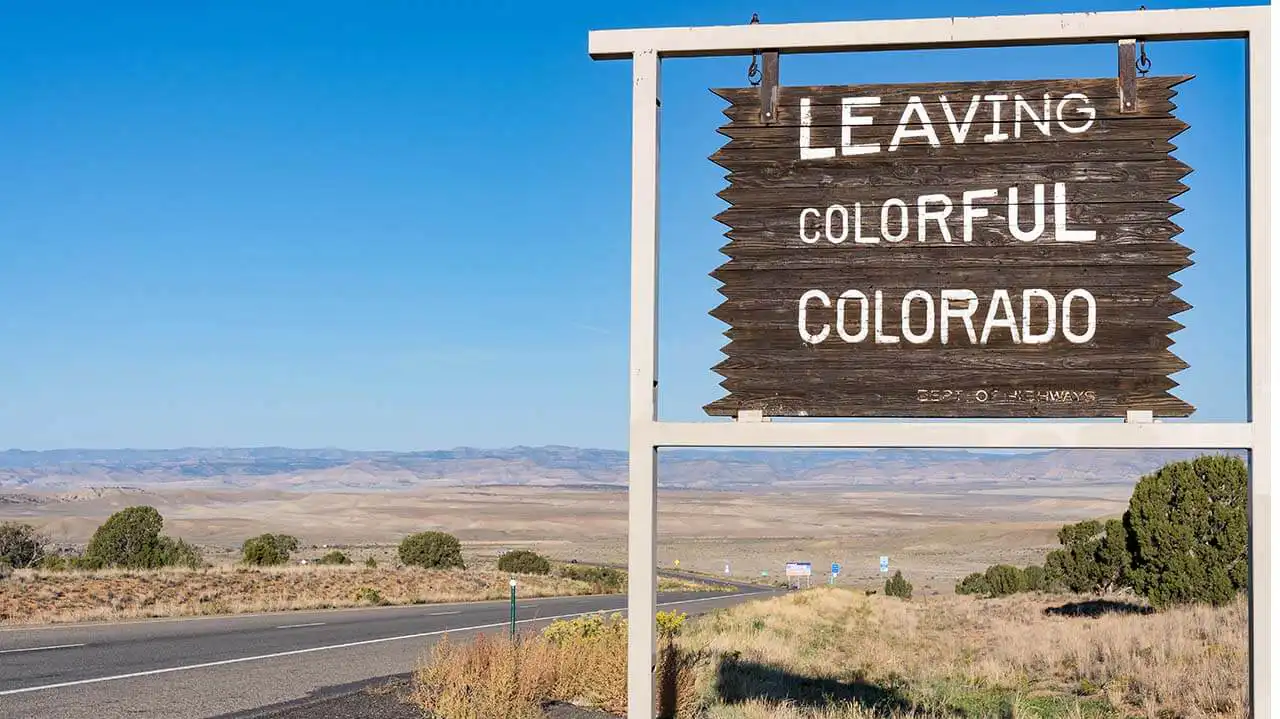

(This is a contributed guest column. To be considered as an MJBizDaily guest columnist, please submit your request here.)
Ten years ago, there was no model for state-regulated, adult-use marijuana.
Colorado had to build its own model from scratch, with regulations for the alcohol and tobacco markets as the only guide.
In the decade since, nearly half of all states have legalized adult-use cannabis – many of them following Colorado’s example.
Cannabis policy improvements
Some emerging adult-use markets such as Minnesota and New York are working to improve on the initial weak points of Colorado’s model, such as its lack of social equity.
Additionally, policymakers appear more invested in helping cannabis business owners today than they have been in the past.
But even those evolved approaches are still proving themselves out.
So, what can other states take from the good, the bad and the ugly of Colorado cannabis?
And how have declining sales in the country’s most established recreational marijuana market changed the way emerging markets are approaching cannabis regulations?
To answer those questions, it’s important to understand why Colorado structured its marijuana industry the way it did – and how that model has since been replicated or altered, and why.
Colorado model
If cannabis had truly been structured like the alcohol markets in 18 states, then Colorado’s task force on the implementation of Amendment 64 might have suggested the creation of a state marijuana monopoly, which the committee ultimately decided was against the spirit of the legislation.
Instead of using a monopoly to artificially inflate prices and curtail both illicit competition and consumption, Colorado implemented a 2.9% general sales tax on medical marijuana products as well as a 15% excise tax and 15% special sales tax on retail cannabis.
The distribution of those funds into state and local coffers for public school construction and other services won over skeptics and conservative stakeholders.
In many regards, that approach was a success.
Cannabis taxes
By 2021, cannabis tax dollars in Colorado exceeded those levied on alcohol and cigarettes.
At the market’s peak in 2020, the state collected $425 million, affirming the argument for further legalization and rescheduling, the latter of which was recently propelled forward by the Biden administration.
However, a contracted marijuana market can generate only so much tax revenue for education and other public services.
It’s fair to say that consolidation is a necessity for surviving in a market where deep pockets help marijuana multistate operators weather volatility.
Cannabis business owners and ancillary service providers alike can offer ample anecdata to suggest high taxes have overburdened entrepreneurs – especially when policy continues to hamper growth opportunities such as marijuana hospitality.
Colorado falling behind?
In 2023, Colorado’s Marijuana Enforcement Division – reacting to public input and outcry – tabled proposed rules that would have impacted consumption-friendly events and the state’s slow-growing cannabis hospitality sector.
Now, Colorado lags behind Nevada for consumption venues, although Colorado voters approved an adult-use market four years earlier than their Nevada counterparts.
Nevada’s proactive approach to rolling out consumption venues already has earned the state a reputation as a trailblazer, although the first 21 licensees still are working to open their doors.
Embracing social equity
Colorado also was late to extend the benefits of its marijuana market to communities disproportionately impacted by the war on drugs.
For example, it wasn’t until 2021 that Gov. Jared Polis requested $5 million to support cannabis entrepreneurs, including a business grant program for social equity licensees.
That was five years after California and Massachusetts legalized recreational cannabis with social equity programs baked into their state policies.
Arizona, Connecticut, Illinois, Michigan, New Jersey, New Mexico, Vermont and Virginia followed the same blueprint.
Not all attempts to establish social equity policy have been successful, however.
New York, for instance, ran into plenty of problems upon rollout, including veterans suing for inclusion in licensing opportunities.
New model in Minnesota
Meanwhile, emerging markets such as Minnesota have fully metabolized the pros and cons of the now-traditional cannabis regulatory framework pioneered by Colorado.
For instance, Minnesota rejected the idea that marijuana prices should be kept artificially high to discourage consumption as a protective measure for public health.
That stance means Minnesota’s cannabis tax structure looks remarkably different from other states, with preference given to helping legacy and first-time marijuana operators make a strong start over welcoming multistate operators or funding public education.
Also, in the spirit of addressing the wrongs of prohibition, Minnesota’s initial cannabis policy included automatic expungements for low-level marijuana crimes as well as some felony convictions.
It remains to be seen how markets such as Minnesota and Nevada, which are blazing a more business-friendly trail, might affect future policy changes in Colorado and the states that followed its example.
The successful rollout of Colorado’s recreational marijuana market allowed other adult-use markets to open.
Without Colorado’s green rush, the multibillion-dollar recreational marijuana market wouldn’t be where it is today.
2024 MJBiz Factbook – now available!
Exclusive industry data and analysis to help you make informed business decisions and avoid costly missteps. All the facts, none of the hype.
Featured inside:
- Financial forecasts + capital investment trends
- 200+ pages and 49 charts highlighting key data figures and sales trends
- State-by-state guide to regulations, taxes & market opportunities
- Monthly and quarterly updates, with new data & insights
- And more!
A worthy model?
As the United States continues to go green, many new markets will continue to learn from Colorado’s successes – not only in cannabis but in psychedelics, too.
Should the remaining prohibition states follow the Colorado model if they decide to legalize medical or adult-use marijuana?
That’s a complex question requiring nuanced answers.
Although imperfect, Colorado’s model for marijuana legalization has been both influential and enduring.
And Colorado has proved open to continued learning and growth – keeping the state at the heart of the national marijuana conversation.
Alyson Jaen is an attorney specializing in cannabis law, licensing and regulatory compliance as well as general corporate and business law at Denver-based Messner Reeves law firm. She can be reached at ajaen@messner.com.
Discover more from reviewer4you.com
Subscribe to get the latest posts to your email.




Tremendous issues here. I am very satisfied to peer your article.
Thanks a lot and I’m taking a look forward to contact you.
Will you please drop me a mail?